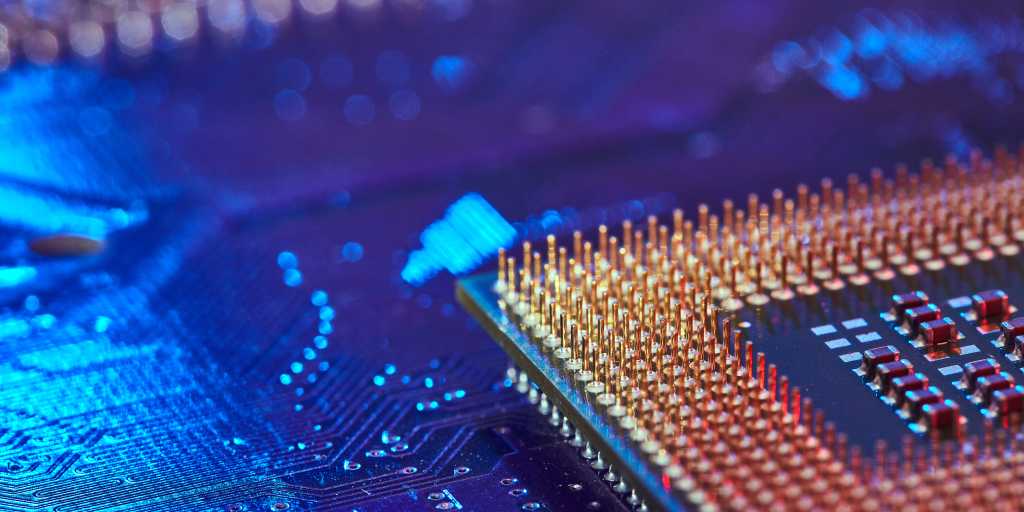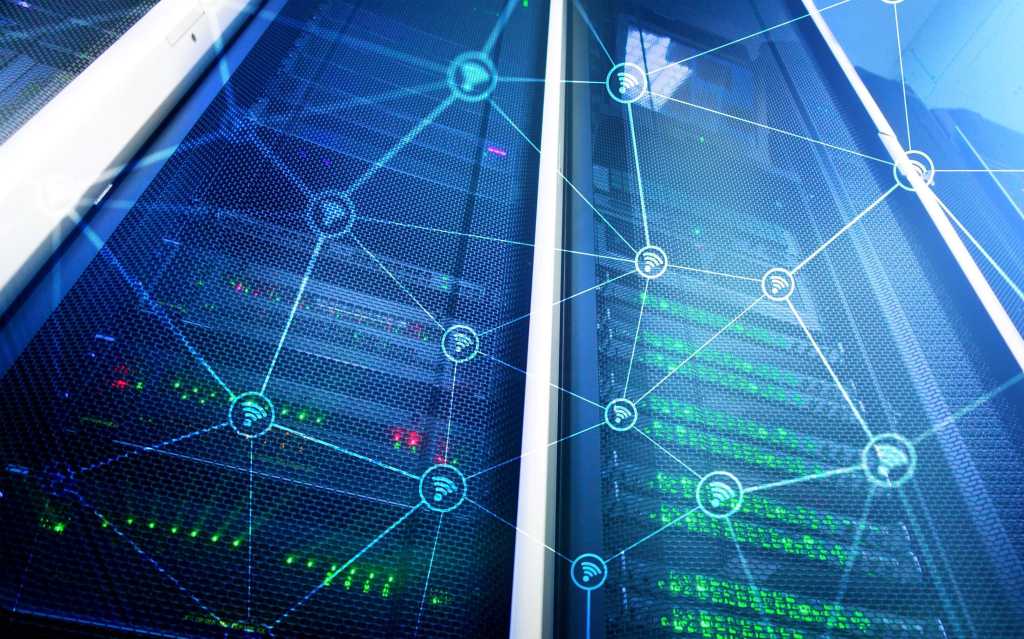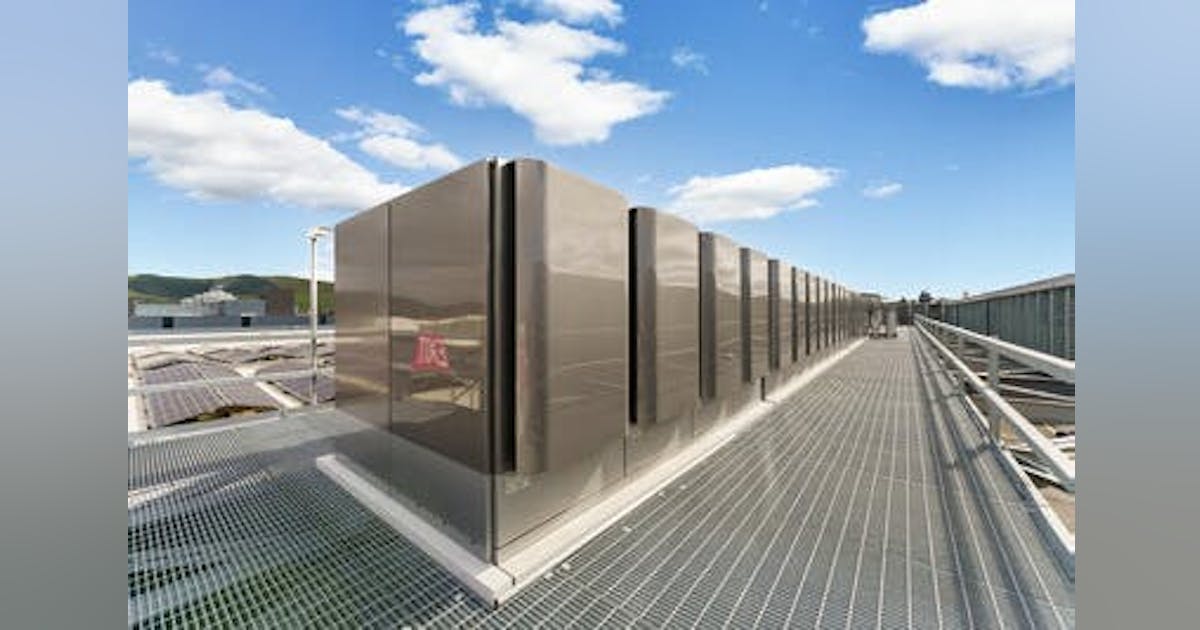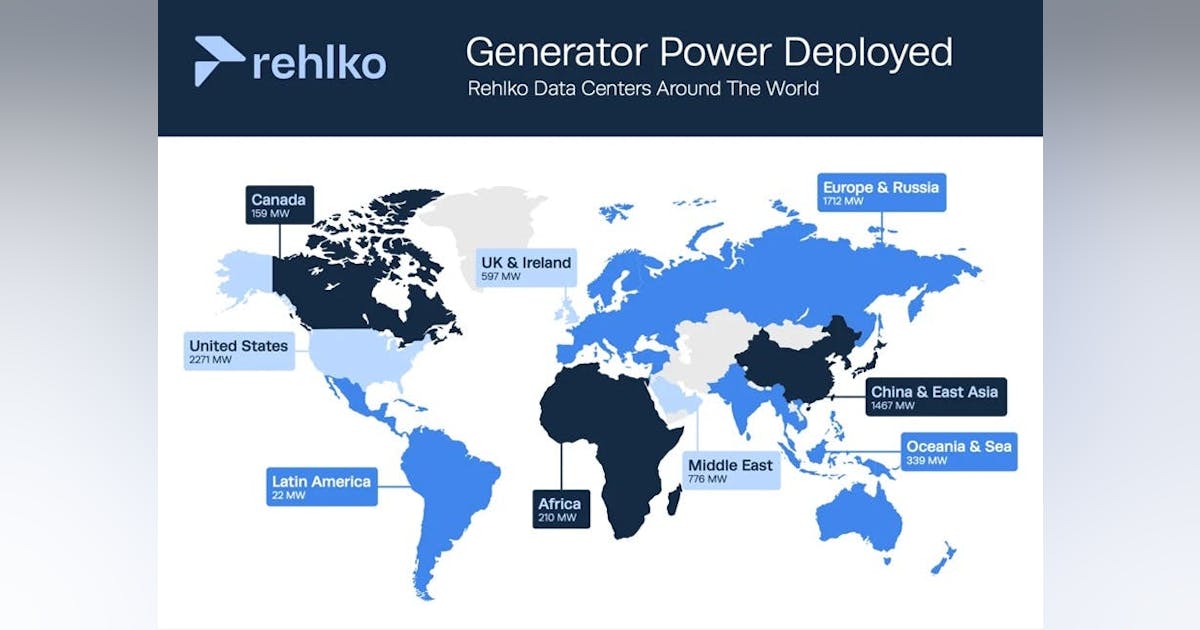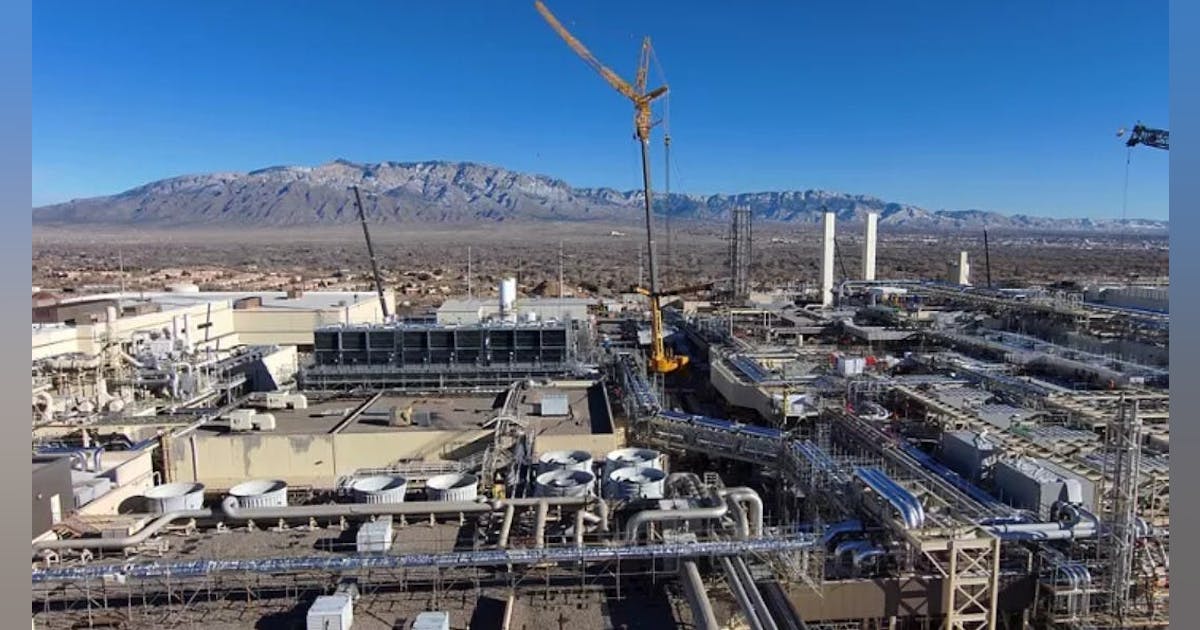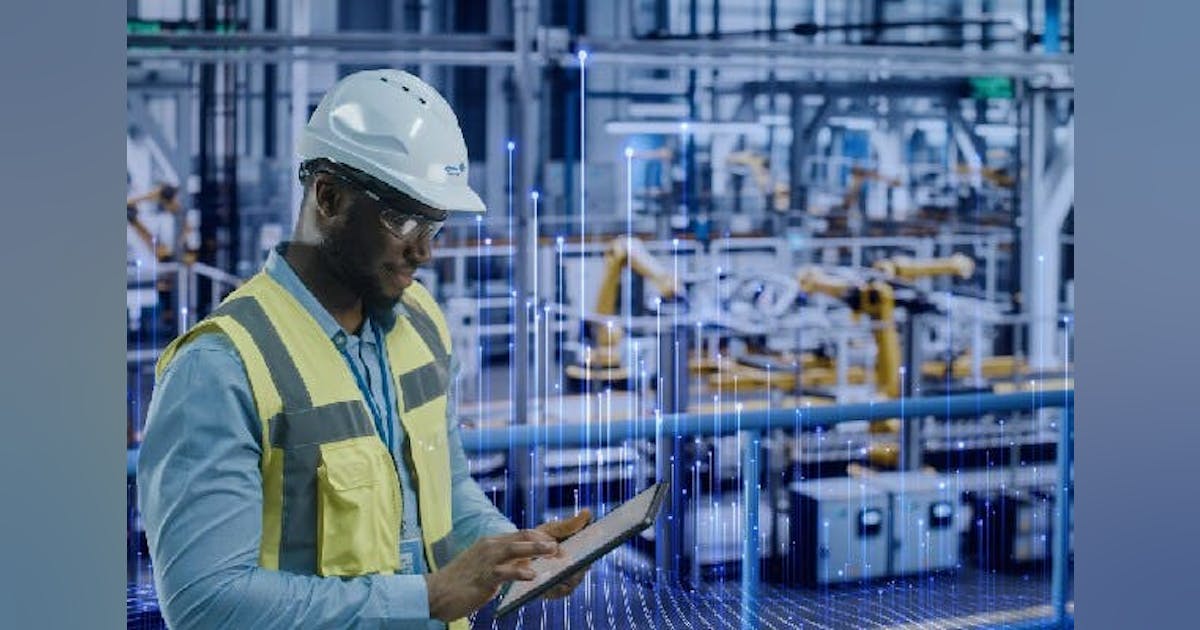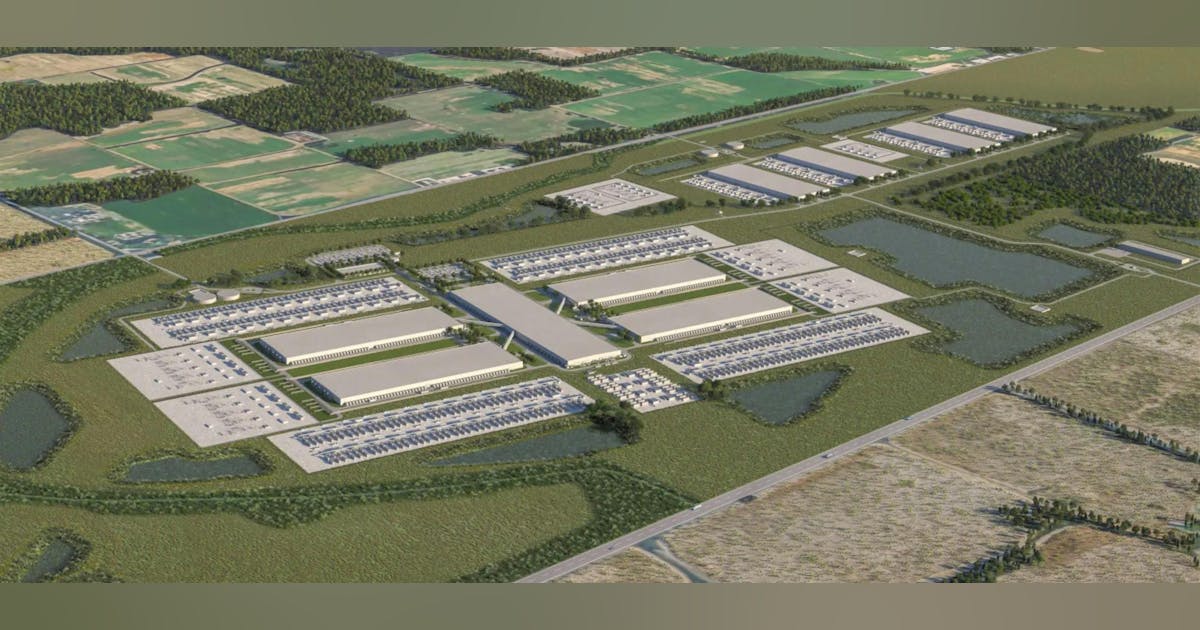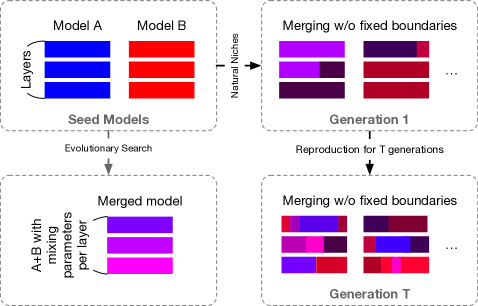This is today’s edition of The Download, our weekday newsletter that provides a daily dose of what’s going on in the world of technology.
Cybersecurity’s global alarm system is breaking down
Every day, billions of people trust digital systems to run everything from communication to commerce to critical infrastructure. But the global early warning system that alerts security teams to dangerous software flaws is showing critical gaps in coverage—and most users have no idea their digital lives are likely becoming more vulnerable.
Over the past eighteen months, two pillars of global cybersecurity have been shaken by funding issues: the US-backed National Vulnerability Database (NVD)—relied on globally for its free analysis of security threats—and the Common Vulnerabilities and Exposures (CVE) program, the numbering system for tracking software flaws.
Although the situation for both has stabilized, organizations and governments are confronting a critical weakness in our digital infrastructure: Essential global cybersecurity services depend on a complex web of US agency interests and government funding that can be cut or redirected at any time. Read the full story.
—Matthew King
The first babies have been born following “simplified” IVF in a mobile lab
This week I’m sending congratulations to two sets of new parents in South Africa. Babies Milayah and Rossouw arrived a few weeks ago. All babies are special, but these two set a new precedent. They’re the first to be born following “simplified” IVF performed in a mobile lab.
This new mobile lab is essentially a trailer crammed with everything an embryologist needs to perform IVF on a shoestring. It was designed to deliver reproductive treatments to people who live in rural parts of low-income countries, where IVF can be prohibitively expensive or even nonexistent. And best of all: it seems to work! Read our story about why it’s such an exciting development.
—Jessica Hamzelou
This article first appeared in The Checkup, MIT Technology Review’s weekly biotech newsletter. To receive it in your inbox every Thursday, sign up here.
The must-reads
I’ve combed the internet to find you today’s most fun/important/scary/fascinating stories about technology.
1 Trump is seeking huge cuts to basic scientific research
If he gets his way, federal science funding will be slashed by a third for the next fiscal year. (NYT $)
+ The foundations of America’s prosperity are being dismantled. (MIT Technology Review)
+ Senators are getting ready to push back against proposed NASA cuts. (Bloomberg $)
2 Conspiracy theorists are starting to turn on Trump
He whipped them all up over the supposed existence of Epstein’s client list, and now they’re mad nothing’s being released. (The Atlantic $)
3 AI actually slows experienced software developers down
They end up wasting lots of time checking and correcting AI models’ output. (Reuters $)
4 The Pentagon is becoming the largest shareholder in a rare earth minerals company
It shows just how much competition is hotting up to secure a steady supply of these materials. (Quartz $)
+ The race to produce rare earth elements. (MIT Technology Review)
5 Solar power is starting to truly transform the world’s energy system
Globally, roughly a third more power was generated from the sun this spring than last. (New Yorker $)
6 Cops’ favorite AI tool auto-deletes evidence of AI being used
A pretty breathtaking attempt to avoid any sort of audit, transparency or accountability. (Ars Technica)
+ How a new type of AI is helping police skirt facial recognition bans. (MIT Technology Review)
7 Why Chinese EV brands are being forced to go global
Competition at home is becoming so intense that many have no choice but to seek profits elsewhere. (Rest of World)
+ China’s EV giants are betting big on humanoid robots. (MIT Technology Review)
8 Which Big Tech execs are closest to the White House?
Check out this scorecard showing how they’re all doing trying to stay in Trump’s good graces. (WSJ $)
9 Elon Musk says Grok is coming to Tesla vehicles
Yes, that’s the same Grok that keeps being racist. Shareholders must be delighted. (Insider $)
+ X is basically becoming a strip mine for AI training data. (Axios)
10 Trump Mobile is charging people’s credit cards without explanation
But I’m sure it’s all perfectly explicable and above board, right? Right?! (404 Media)
Quote of the day
“It has been nonstop pandemonium.”
—Augustus Doricko, who founded a cloud seeding startup two years ago, tells the Washington Post he’s received a deluge of fury online from conspiracy theorists who blame him for the catastrophic Texas floods.
One more thing

What’s next for AI in 2025
For the last couple of years we’ve had a go at predicting what’s coming next in AI. A fool’s game given how fast this industry moves. But we gave it a go anyway back in January. As we sail pass this year’s halfway mark, it’s a good time to ask: how well did we do? Check out our predictions, and see for yourself!
—James O’Donnell, Will Douglas Heaven & Melissa Heikkilä
This piece is part of MIT Technology Review’s What’s Next series, looking across industries, trends, and technologies to give you a first look at the future. You can read the rest of them here.


